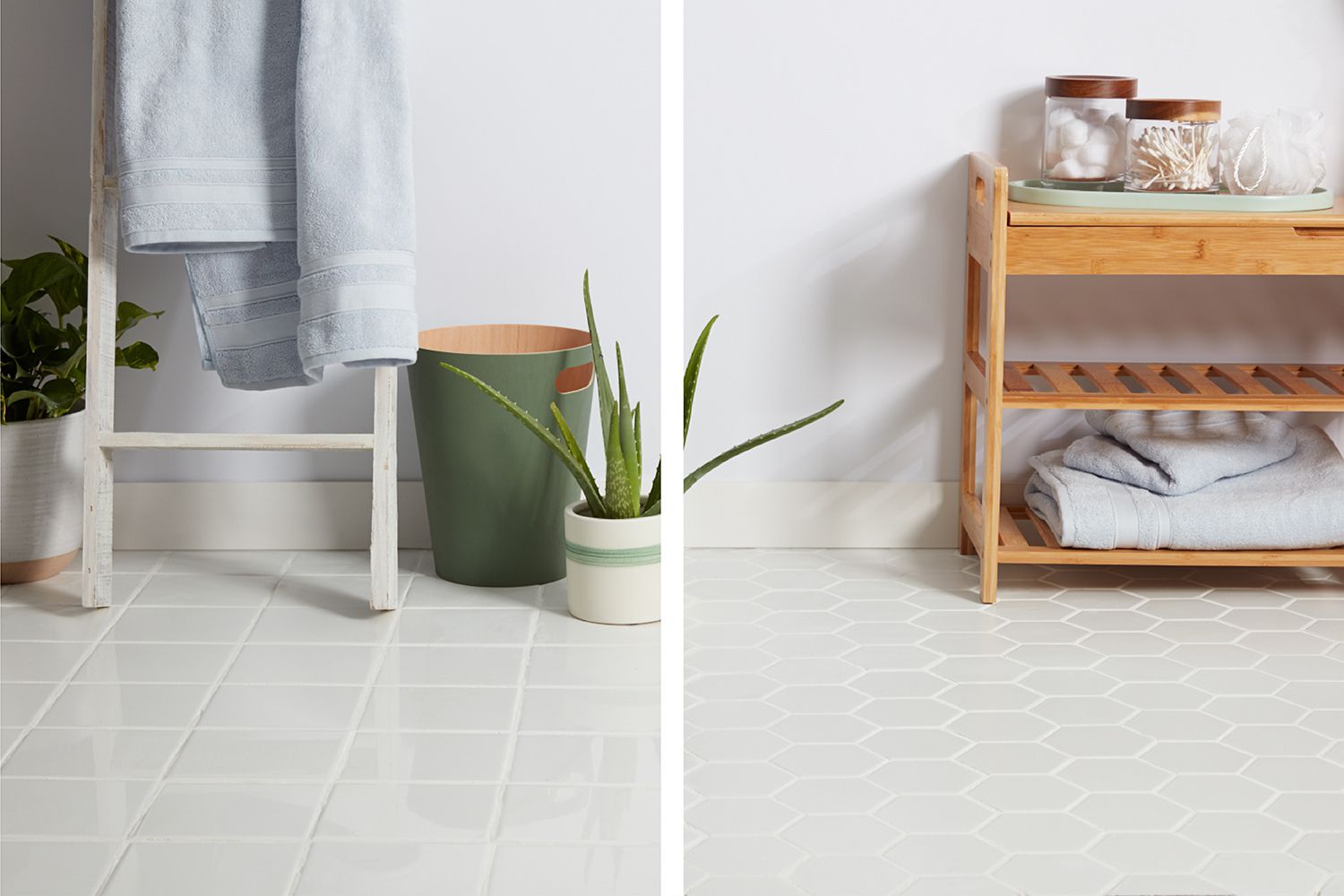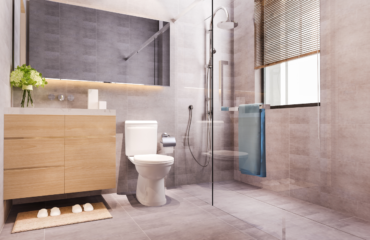When it comes to flooring and wall coverings, tiles are a popular choice due to their durability, versatility, and aesthetic appeal. Among the vast array of options, porcelain and ceramic tiles are two of the most commonly used materials. While they may seem similar at first glance, each has distinct characteristics that can influence your choice. In this blog, we’ll explore the benefits of porcelain and ceramic tiles, helping you make an informed decision for your home.
Understanding the Basics
Before diving into the benefits, it’s essential to understand what differentiates porcelain tiles from ceramic tiles.
Ceramic Tiles
Ceramic tiles are made from a mixture of clay, sand, and water, which is then molded and fired at high temperatures. They are available in a variety of colors, patterns, and finishes. Ceramic tiles can be further classified into two categories: glazed and unglazed. Glazed tiles have a protective coating that enhances durability and makes them easy to clean.
Porcelain Tiles
Porcelain tiles, on the other hand, are a type of ceramic tile that is made from finer clay and fired at higher temperatures. This process makes porcelain denser, less porous, and more durable than standard ceramic tiles. Porcelain tiles can also be glazed or unglazed and come in a wide range of styles, including those that mimic natural stone or wood.
Key Benefits of Porcelain Tiles
1. Durability
One of the standout features of porcelain tiles is their exceptional durability. They are highly resistant to scratches, stains, and moisture, making them ideal for high-traffic areas and spaces prone to spills, such as kitchens and bathrooms. The dense composition of porcelain tiles also means they can withstand heavy foot traffic and are less likely to crack under pressure.
2. Water Resistance
Due to their low porosity, porcelain tiles are more water-resistant than ceramic tiles. This characteristic makes them an excellent choice for wet areas, such as showers, swimming pools, and outdoor spaces. Porcelain tiles can help prevent mold and mildew growth, contributing to a healthier living environment.
3. Versatility in Design
Porcelain tiles offer a vast array of design options, allowing you to achieve various aesthetics. From sleek, modern looks to rustic, natural finishes, porcelain tiles can be designed to suit any style. Additionally, they can replicate the appearance of more expensive materials, such as marble or hardwood, without the associated costs and maintenance.
4. Easy Maintenance
Porcelain tiles are relatively easy to maintain. Their smooth surface and water resistance make them simple to clean—typically requiring just a damp mop and mild detergent. Unlike some other materials, they do not need regular sealing, which can save time and money in the long run.
5. High Resistance to Fading
Porcelain tiles are less likely to fade in direct sunlight compared to ceramic tiles. If you have a sun-drenched space, porcelain tiles can retain their color and pattern for years, ensuring your floors or walls look fresh and vibrant.
Key Benefits of Ceramic Tiles
1. Cost-Effective
Ceramic tiles are generally more affordable than porcelain tiles, making them a great option for budget-conscious homeowners. If you’re looking to tile a large area or complete a project without breaking the bank, ceramic tiles provide a cost-effective solution without sacrificing style.
2. Variety of Styles
Ceramic tiles come in a wide range of styles, colors, and patterns. This variety allows homeowners to get creative with their designs, from traditional to contemporary looks. Whether you’re looking for bold, vibrant colors or subtle, earthy tones, ceramic tiles have something to offer.
3. Ease of Installation
Ceramic tiles are typically easier to cut and install than porcelain tiles due to their softer composition. This can be an advantage if you’re a DIY enthusiast or if you’re hiring a contractor who prefers working with materials that are less challenging to handle.
4. Comfort Underfoot
Ceramic tiles tend to be cooler and softer underfoot compared to porcelain tiles, making them a comfortable choice for areas like living rooms and bedrooms. If you prefer a more forgiving surface to walk on, ceramic may be the way to go.
5. Glazed Options
Many ceramic tiles come with a glazed finish, offering an additional layer of protection against stains and scratches. This glaze can also enhance the tile’s appearance by adding shine and depth to the colors.
Factors to Consider When Choosing Between Porcelain and Ceramic
When deciding between porcelain and ceramic tiles, consider the following factors:
1. Location and Use
Think about where you will be using the tiles. For high-moisture areas, such as bathrooms or kitchens, porcelain tiles are often the better choice due to their water resistance. Conversely, ceramic tiles may be suitable for lower-traffic areas, such as bedrooms or decorative wall applications.
2. Budget
Your budget will play a significant role in your decision. If you’re working with a limited budget, ceramic tiles can provide a stylish solution without sacrificing quality. However, if durability and longevity are your primary concerns, investing in porcelain may be worthwhile.
3. Aesthetic Preferences
Consider the design you want to achieve. If you’re drawn to the look of natural stone or desire a specific pattern that is only available in porcelain, it might be worth opting for porcelain tiles. On the other hand, if you prefer vibrant colors or intricate designs, ceramic tiles can offer a wide variety of options.
4. Maintenance Commitment
Evaluate how much time you’re willing to dedicate to maintenance. If you prefer low-maintenance options, porcelain tiles are advantageous. However, if you’re okay with occasional sealing and cleaning, ceramic tiles can work well.
Conclusion
Both porcelain and ceramic tiles offer distinct advantages, making them popular choices for homeowners. Porcelain tiles excel in durability, water resistance, and design versatility, while ceramic tiles provide cost-effectiveness, a wide variety of styles, and ease of installation. Ultimately, your choice will depend on your specific needs, preferences, and budget.
By understanding the benefits of each type of tile, you can make an informed decision that enhances the beauty and functionality of your space. Whether you choose porcelain or ceramic, both options can bring elegance and style to your home for years to come.









